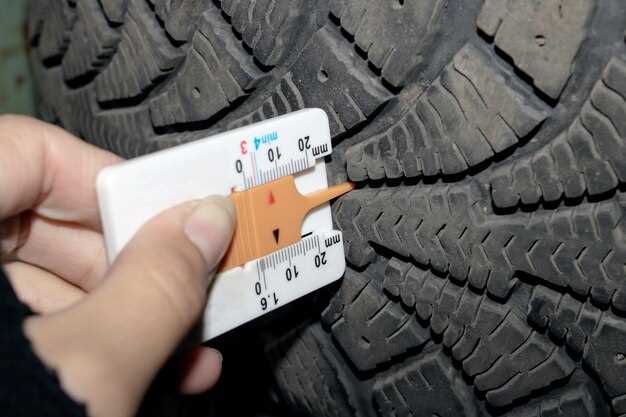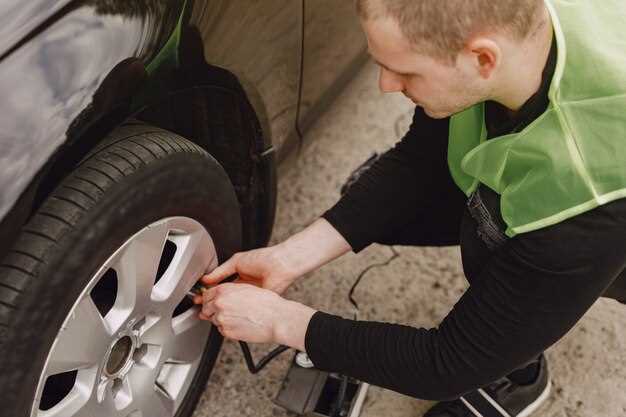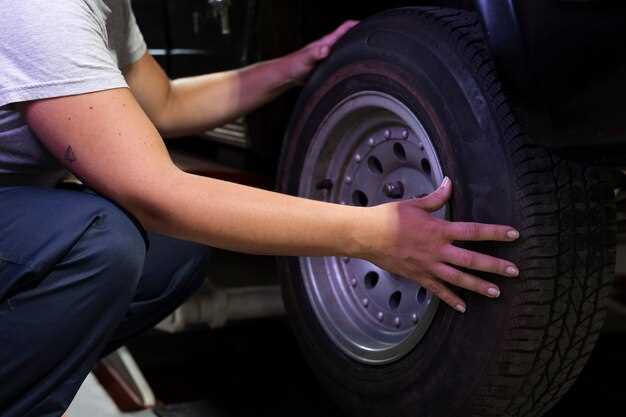
Wheels are a critical component of any vehicle, and their condition directly impacts performance, safety, and durability. Regular inspection of wheels is essential to identify potential damage such as cracks and warping. Ignoring these issues can lead to severe consequences, including compromised handling and increased risk of accidents.
During the inspection process, it is important to examine the wheels closely for signs of defects. Cracks can develop due to various factors, including stress from driving, impacts from potholes, or manufacturing flaws. Similarly, warping can occur over time due to heat exposure or heavy loads, resulting in uneven wear on tires and unstable driving conditions.
By understanding the indicators of damage, vehicle owners can take proactive steps to maintain their wheels in optimal condition. This guide will detail the methods for effectively inspecting wheels, the common signs of cracks and warping, and the appropriate actions to take when these issues are identified.
Identifying Common Signs of Wheel Damage

Regular inspection of your wheels is crucial for maintaining vehicle safety and performance. Various forms of damage can occur over time, and identifying these issues early can prevent more severe problems down the road.
Cracks are one of the most common signs of wheel damage. They can arise from impacts with potholes or debris, leading to compromised structural integrity. During your inspection, look for hairline fractures or visible breaks on the wheel surface. If found, it’s essential to address these cracks promptly to avoid tire failure or loss of control.
Warping is another critical concern. It may occur due to overheating from excessive braking or a heavy load. A warped wheel may exhibit vibrations when driving, particularly at high speeds. During an inspection, check for signs of uneven wear on the tire tread, as this can indicate a warped wheel.
Dents and scoffs are often the result of minor collisions with curbs or rough terrain. While they may not always compromise wheel integrity, significant dents can lead to air leaks in the tire. Carefully examine the wheel for any noticeable indentations that could warrant further evaluation.
Finally, keep an eye out for rust or corrosion, especially if your vehicle is frequently operated in wet conditions. Rust can weaken the wheel and affect its performance. Inspect for areas of discoloration or peeling that may indicate corrosion.
By understanding these common signs of wheel damage, you can ensure a safer driving experience and extend the lifespan of your wheels. Conduct regular inspections and consult with a professional mechanic if you notice any concerning issues.
Step-by-Step Process for Visual Inspection
The first step in the visual inspection process is to ensure that the wheels are clean and free from debris. Use a soft brush or cloth to remove dirt and grime. This allows for a clearer view of the wheel’s surface and any potential damage.
Next, examine the wheel’s exterior for any signs of cracks. Start at the outer lip and move towards the center, paying close attention to areas that are often prone to stress. Look for visible fissures or irregularities that could indicate structural damage.
After checking for cracks, inspect the wheel for signs of warping. Rotate the wheel slowly and observe any wobbling or inconsistencies in shape. A warped wheel may not sit properly on the hub, which can lead to safety issues.
Move on to check the conditions of the lug nut holes. Ensure they are not elongated or damaged, as this can lead to improper fitting and alignment of the wheel. Any irregularities here should be documented and addressed.
Examine the inner side of the wheel as well. This part is often overlooked but can conceal significant damage. Look for rust, corrosion, or any signs of wear that might compromise the wheel’s integrity.
Finally, note any visual indicators of previous repairs, such as weld marks or patches. While repairs can extend the life of a wheel, they may also affect its reliability if not done properly. Document all findings during the inspection for future reference.
Tools and Techniques for Accurate Wheel Assessment

Accurate assessment of wheels for cracks and warping requires specific tools and techniques to ensure safety and performance. Regular inspection is crucial to identify any potential issues that may compromise the integrity of the wheel.
One of the primary tools used in wheel inspection is a dial indicator. This precise instrument measures deviations in wheel shape and can detect any warping by providing accurate readings of runout. When using a dial indicator, the wheel is mounted securely, and the indicator tip is placed against the wheel’s surface. Rotating the wheel will reveal any irregularities through the dial’s measurements.
An ultrasonic cleaner is another essential tool, particularly for inspecting the wheel’s internal structure. This device utilizes high-frequency sound waves to detect flaws hidden beneath the surface. By applying a coupling agent on the wheel, the ultrasonic waves can penetrate and highlight areas with potential cracks.
A visual inspection should accompany the use of technical tools. Observing the wheel for cracks, bends, or any irregular surface finishes can provide immediate insights into its condition. This visual check is often done using a bright light and magnifying glass, ensuring that even small defects are not overlooked.
Magnetic particle inspections (MPI) are also commonly used for advanced assessments. This method involves magnetizing the wheel and applying iron particles that reveal cracks when exposed to a magnetic field. MPI is an effective technique, particularly for ferrous materials, as it can detect surface and near-surface discontinuities.
Additionally, for a comprehensive assessment, it is vital to regularly check the weight distribution of the wheel. Balancing equipment can identify inconsistencies that may not be immediately visible but could lead to uneven wear or handling issues over time.
In conclusion, the combination of dial indicators, ultrasonic cleaners, visual inspections, magnetic particle inspections, and balancing equipment creates a robust framework for accurate wheel assessment. By employing these tools and techniques regularly, you can ensure the wheels remain in optimal condition, enhancing vehicle safety and performance.




